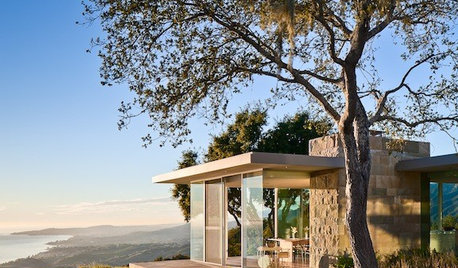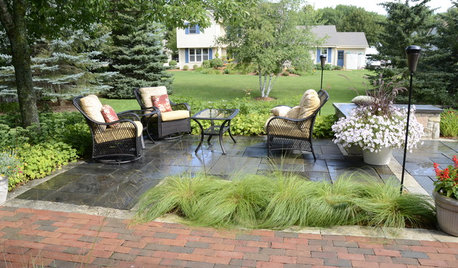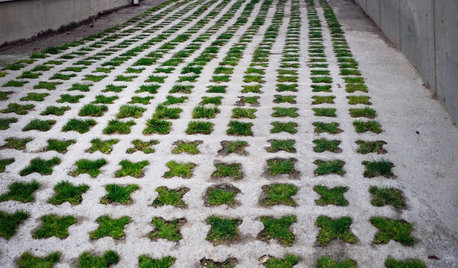building a raised flower bed in response to poor drainage
gee_ess
16 years ago
Featured Answer
Sort by:Oldest
Comments (19)
simplex
16 years agogee_ess
16 years agoRelated Professionals
Hyattsville Landscape Architects & Landscape Designers · Mitchellville Landscape Architects & Landscape Designers · Waterbury Landscape Contractors · Golden Gate Landscape Contractors · Lyndhurst Landscape Contractors · Middletown Landscape Contractors · Mission Viejo Landscape Contractors · Bellevue Decks, Patios & Outdoor Enclosures · Bonita Decks, Patios & Outdoor Enclosures · Castle Rock Decks, Patios & Outdoor Enclosures · New Albany Decks, Patios & Outdoor Enclosures · Pittsburgh Decks, Patios & Outdoor Enclosures · Apple Valley Swimming Pool Builders · La Verne Swimming Pool Builders · San Juan Capistrano Swimming Pool Buildersmad_gallica (z5 Eastern NY)
16 years agokarinl
16 years agoinkognito
16 years agogee_ess
16 years agoSaypoint zone 6 CT
16 years agogee_ess
16 years agogardengal48 (PNW Z8/9)
16 years agogee_ess
16 years agoSaypoint zone 6 CT
16 years agogee_ess
16 years agogee_ess
16 years agoSaypoint zone 6 CT
16 years agogardengal48 (PNW Z8/9)
16 years agogee_ess
16 years agoaezarien
16 years agomrykbee
12 months ago
Related Stories

FARM YOUR YARDHow to Build a Raised Bed for Your Veggies and Plants
Whether you’re farming your parking strip or beautifying your backyard, a planting box you make yourself can come in mighty handy
Full Story
GARDENING GUIDES8 Materials for Raised Garden Beds
Get the dirt on classic and new options for raised vegetable and plant beds, to get the most from your year-round garden
Full Story
BATHROOM DESIGNConvert Your Tub Space Into a Shower — Waterproofing and Drainage
Step 4 in swapping your tub for a sleek new shower: Pick your waterproofing materials and drain, and don't forget to test
Full Story
GARDENING GUIDESGardening Solutions for Heavy Clay Soils
What’s a gardener to do with soil that’s easily compacted and has poor drainage? Find out here
Full Story
CONTRACTOR TIPSBuilding Permits: What to Know About Green Building and Energy Codes
In Part 4 of our series examining the residential permit process, we review typical green building and energy code requirements
Full Story
FARM YOUR YARDAdvice on Canyon Farming From L.A.'s Vegetable Whisperer
See how a screened garden house and raised beds help an edible garden in a Los Angeles canyon thrive
Full Story
LANDSCAPE DESIGNLiving on the Edge of the Wild
When Mother Nature is your neighbor, the possibilities — and responsibilities — can be that much greater
Full Story
LANDSCAPE DESIGN5 Reasons to Consider a Landscape Design-Build Firm for Your Project
Hiring one company to do both design and construction can simplify the process. Here are pros and cons for deciding if it's right for you
Full Story
GARDENING AND LANDSCAPINGHow to Make a Pond
You can make an outdoor fish paradise of your own, for less than you might think. But you'll need this expert design wisdom
Full Story
EARTH DAYHow to Build a Greener Driveway
Install a permeable driveway to keep pollutants out of water sources and groundwater levels balanced
Full StoryMore Discussions









gee_essOriginal Author